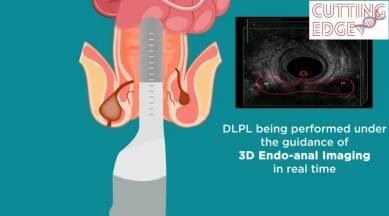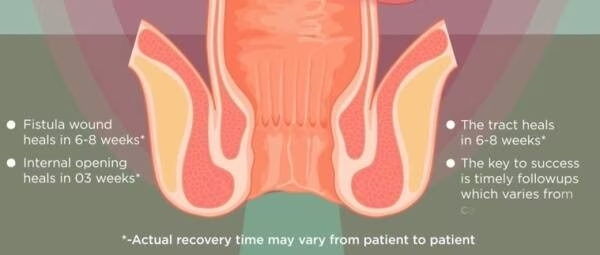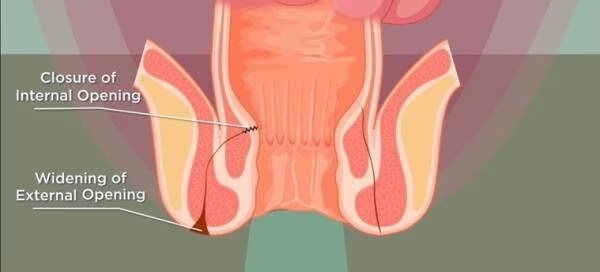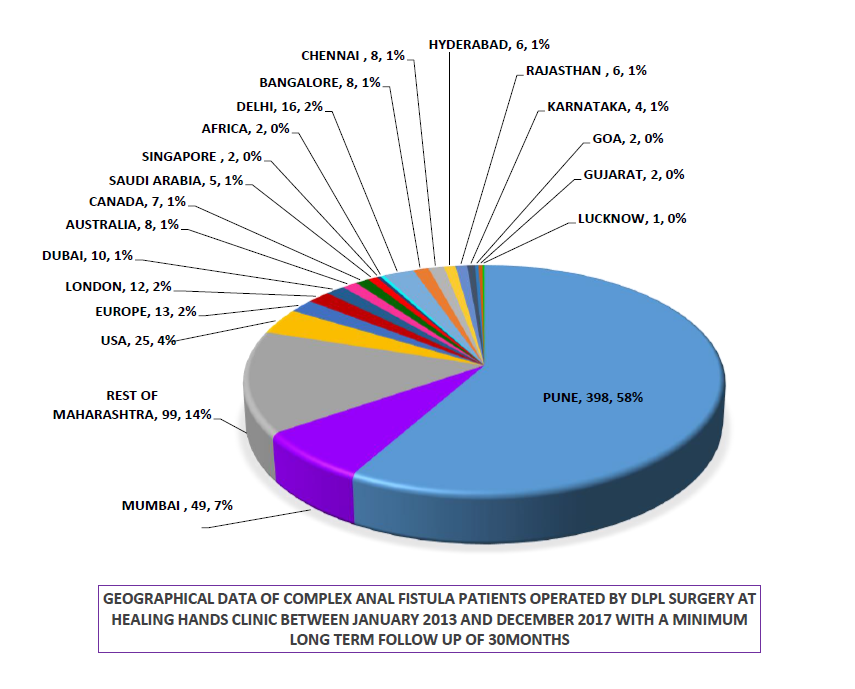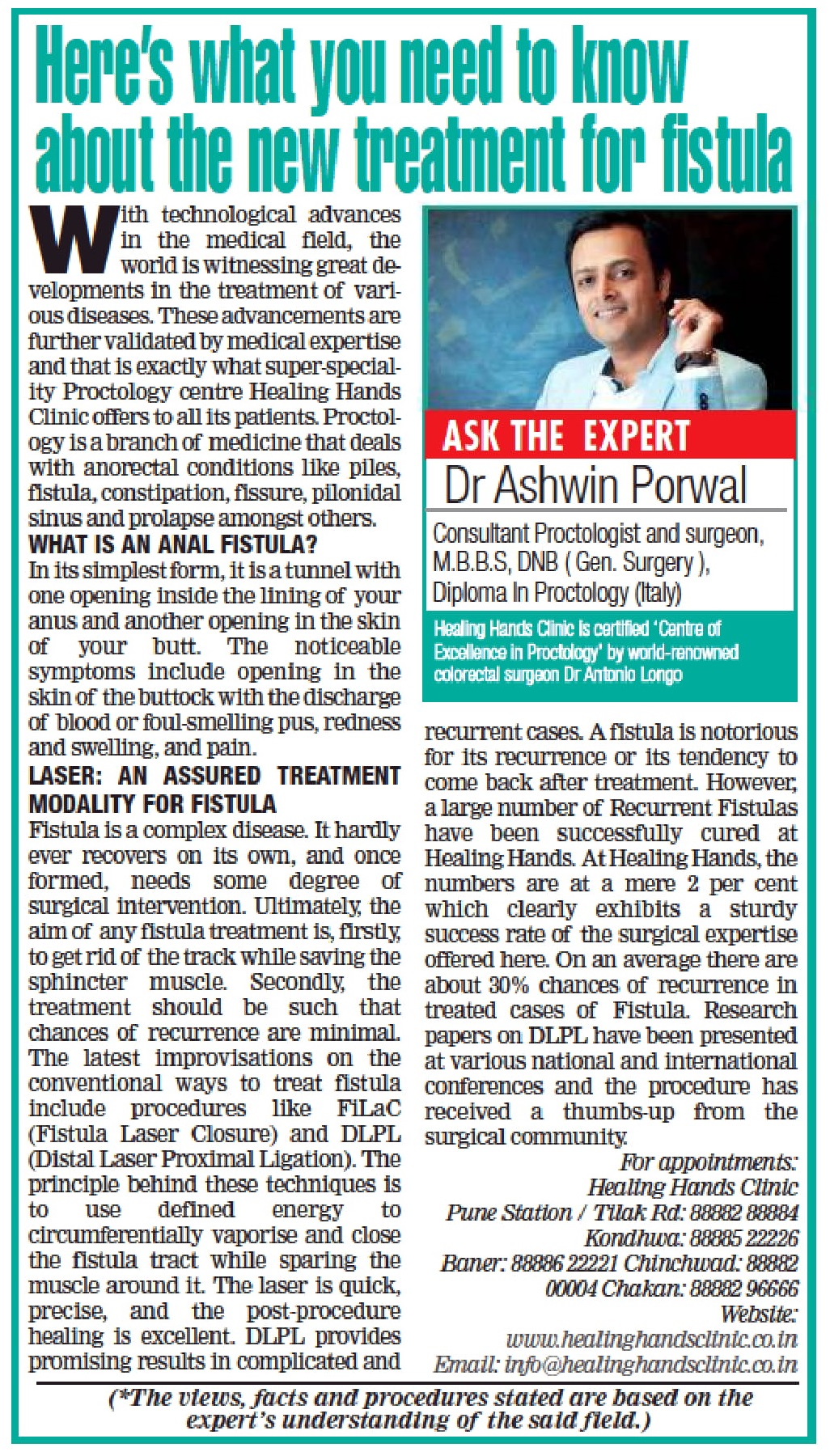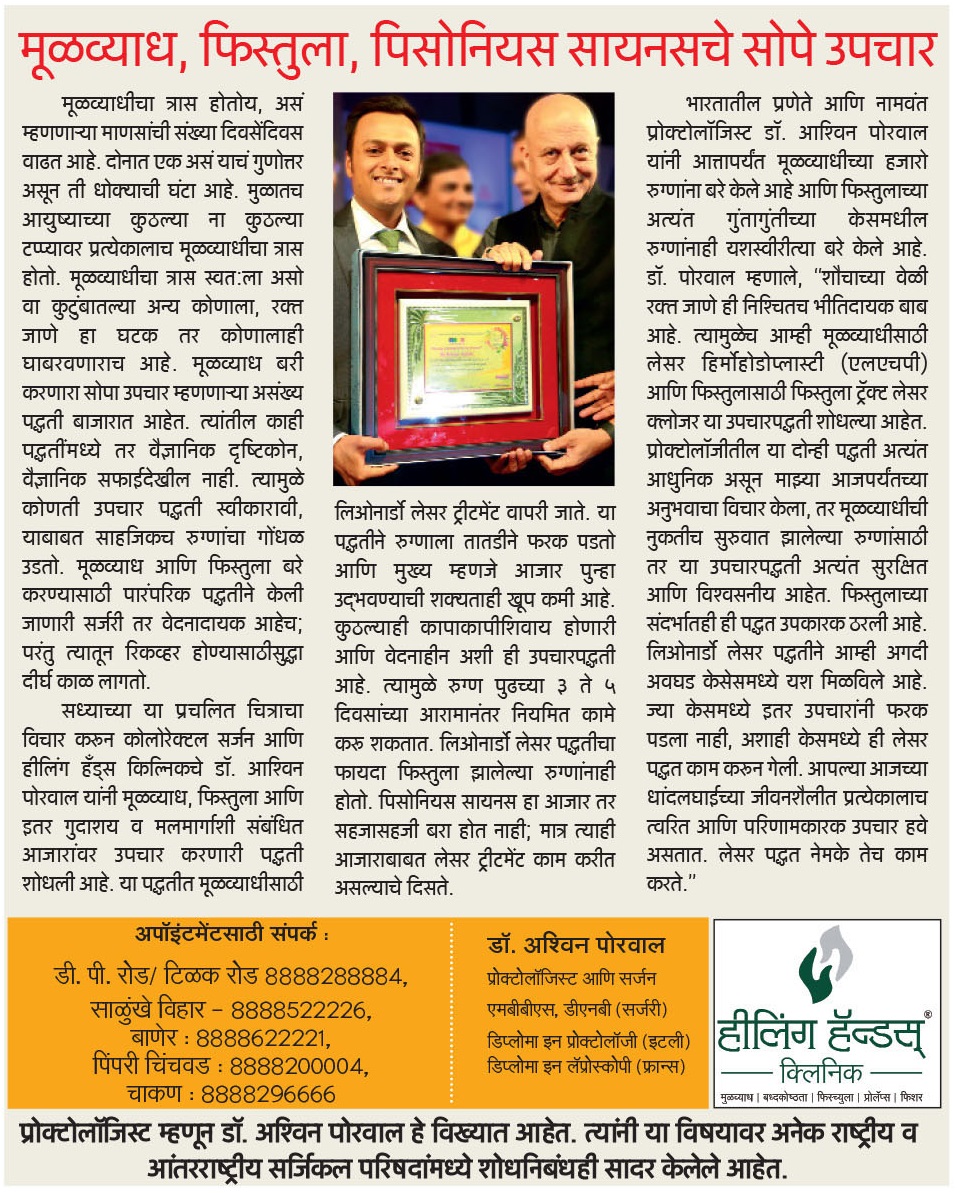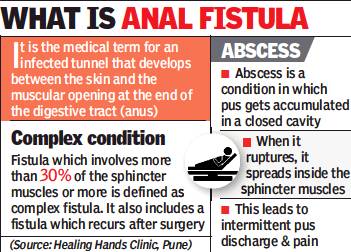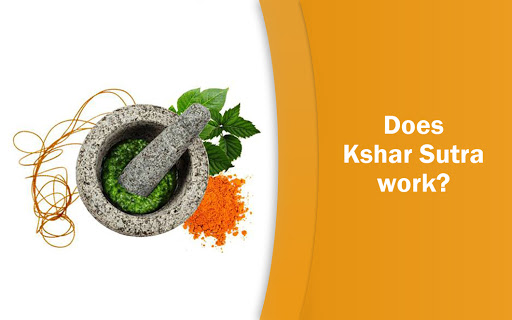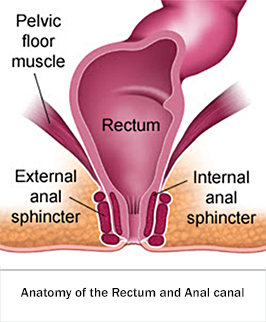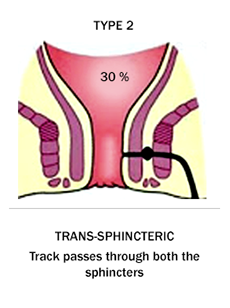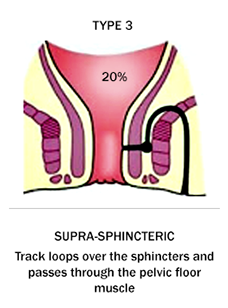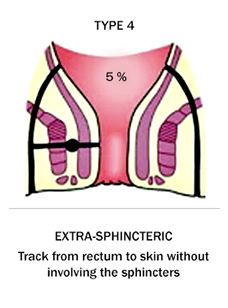Recent advancements in technology have revolutionized many industries, and the medical field is no exception. One such technological innovation that has become increasingly popular in recent years is laser treatment. The benefits of laser treatment are numerous, ranging from increased precision and reduced scarring to shorter recovery times and reduced risk of infection. With these advantages, it’s no wonder that more and more healthcare professionals are turning to laser technology for a wide range of medical procedures.
In this blog, we will discuss the top 10 benefits of choosing laser treatment
Benefits of laser treatment
The need for laser treatment is widely being chosen as it is convenient and a fast process. Mentioned below are the top 10 reasons to choose a laser treatment over surgical one.
1. Reduces pain
Laser treatment is a leading-edge method that reduces pain and inflammation, offering patients rapid relief without any known side effects. The treatment delivers high-energy light waves into the affected area, stimulating the body’s cells and speeding up the healing process. Unlike traditional treatments, laser therapy is non-invasive and non-toxic, making it an ideal solution for those who seek a natural approach to pain relief. Whether you suffer from acute or chronic pain, laser therapy can help you get back to living life to the fullest.
2. Heals sprain and strain
With advances in technology, laser treatment has become an increasingly popular option for aiding in the healing of sprains and strains. This non-invasive procedure can quickly reduce inflammation and promote tissue regeneration, leading to faster recovery times and improved mobility. Patients often experience little to no discomfort during the procedure, and the benefits can be seen almost immediately. Laser treatment is a promising option for those seeking a safe and effective alternative to traditional physical therapy or medication.
3.Treats injuries superficially
Laser treatment has been proven to be an effective way to repair superficial injuries such as wounds and ulcers. In fact, laser treatment is becoming increasingly popular as a treatment option for a wide variety of conditions. This non-invasive procedure is fast, efficient, and requires little or no downtime. By using a precise laser beam to target damaged tissue, healthcare professionals can stimulate the body’s natural healing response and promote more rapid recovery.
4.Improves local blood circulation
Laser treatment has proven to be an effective and immediate solution to improve local blood circulation. This non-invasive procedure applies top-of-the-line technology that is designed to stimulate the affected area with concentrated light energy. This helps to activate microcirculation, accelerating the process of healing and reducing inflammation. Patients often report feeling relief and improvement in their symptoms following laser treatment sessions.
5.Causes no blood loss
Laser treatment has revolutionized medical practices, especially for procedures requiring surgery. Another reason for this is the reduction in blood loss during treatment. With traditional surgical methods, large incisions are required, leading to significant blood loss, which in turn impacts recovery time. However, with laser treatment, incisions are minimal, significantly decreasing the amount of blood lost during the procedure.
6.Short stays in hospitals
This minimally invasive method involves a very short hospital stay, as the laser energy promotes faster healing and lesser scarring. Laser treatment has been successfully used to treat a range of conditions, from skin diseases to cancerous tumours. It is known to have fewer side effects and complications compared to traditional surgical methods, making it a preferred option for many patients. Furthermore, the precision of lasers makes them highly effective for targeting specific problem areas while sparing surrounding healthy tissues.
7.Safer alternative to surgery
It has been found to be a safe and effective method for treating many conditions when surgery is not necessary. Laser treatment involves a minimally invasive approach that carries low risk compared to traditional surgery while achieving similar results. Patients who desire reduced downtime, lower risk of complications, and a quicker recovery often choose laser treatment over surgery.
8.Less expensive
While surgery is still a necessary option in many cases, laser treatment is often less invasive, less painful, and less expensive. This is because there is no need for incisions or extensive healing. Instead, the laser beam is used to target the area requiring treatment, reducing the risk of complications and shortening the recovery time for patients.
9.Minimally invasive
Laser treatment has become a popular method for performing minimally invasive procedures through a small hole in the skin. As patients continue to seek out less invasive treatment options, laser technology has rapidly evolved to meet these demands, offering a safe and effective solution for a wide range of conditions. Whether you’re seeking treatment for a benign lesion or a more serious medical condition, laser treatment is a promising option worth exploring.
10.No Recurrence
Laser technique has been able to bring down the recurrence rate for wounds to less than 1% compared to an industry standard of 20-25% which is also taken care of with continuous followup. Defined laser energy is used to circumferentially vaporize and cure the problem while sparing the muscle around it.
Laser is quick, precise, and the post-procedure healing is excellent.
Conclusion
Over the years, it has gained popularity thanks to its non-invasive nature and effectiveness in treating a range of conditions. The FDA has cleared its use and there is ample evidence from extensive studies to support its efficacy. Patients have reported significant improvements in pain and mobility, making it a viable option for those seeking to augment their existing treatment protocols.




